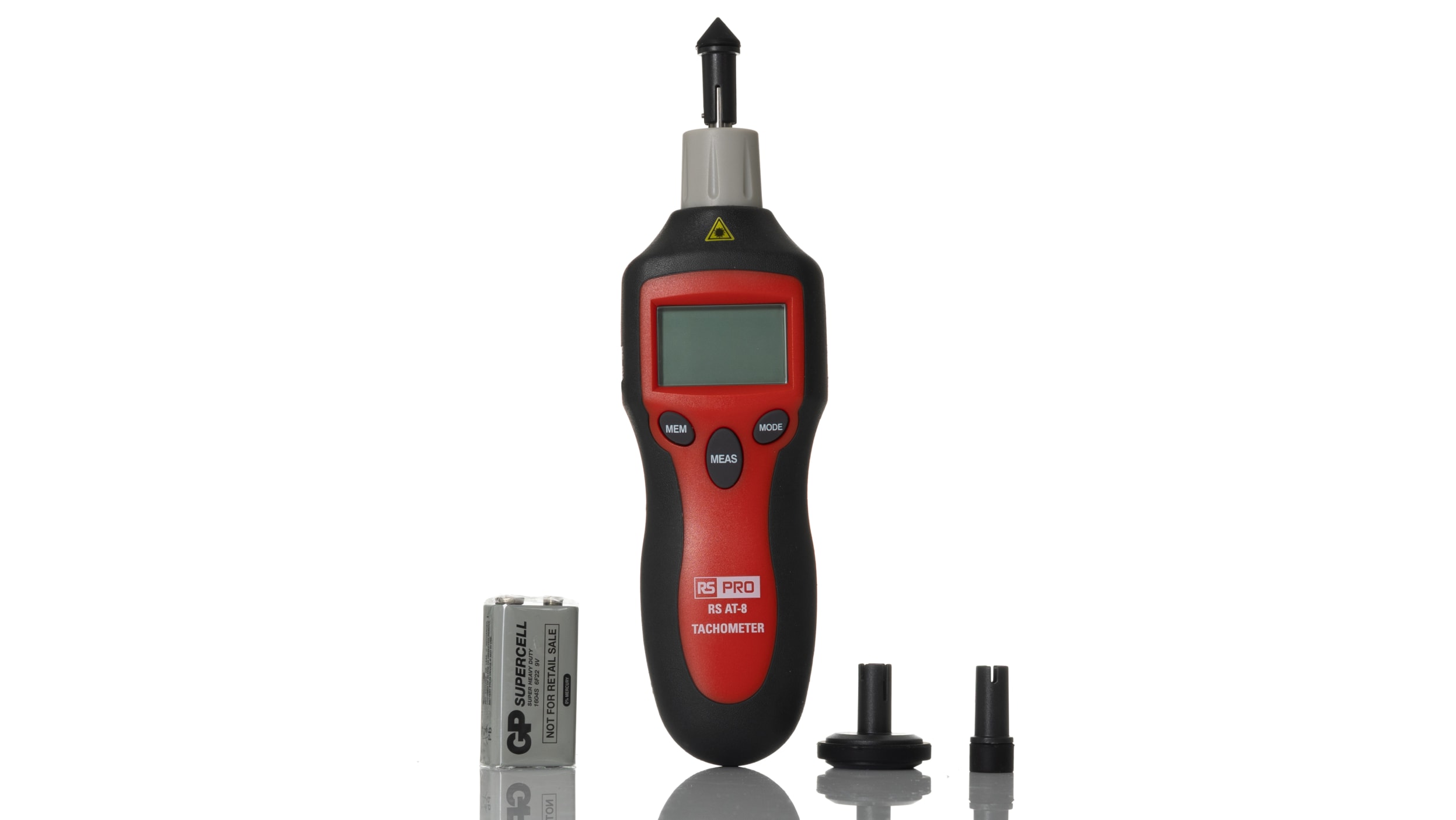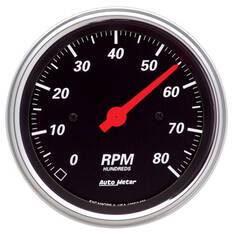Discover How a Tachometer Can Boost Your Car's Performance
Discover How a Tachometer Can Boost Your Car's Performance
Blog Article
Unlocking the Secrets of Tachometers: Everything You Required to Understand About This Essential Tool in Your Car
Comprehending the ins and outs of tachometers can supply important insights right into your lorry's performance and maintenance requirements. From gauging engine rate to analyzing the data it presents, tachometers act as a crucial device for automobile owners and enthusiasts alike. By untangling the secrets behind this important tool, you can open a wealth of details that can improve your driving experience and guarantee the long life of your automobile.
Importance of Tachometers
The significance of tachometers exists in their capability to provide critical real-time data concerning an engine's rotational speed, allowing for exact monitoring and upkeep of machinery. By determining the revolutions per min (RPM) of an engine's crankshaft, tachometers provide beneficial insights right into the engine's performance - tachometer. This information is important for making certain that the engine operates within its ideal array, staying clear of potential damages from over-revving or underperforming
Tachometers play a vital function in helping operators and professionals discover any kind of anomalies in the engine's rate, which can indicate problems such as gas ineffectiveness, mechanical troubles, or extreme pressure on the engine. By quickly recognizing these issues through tachometer analyses, upkeep can be carried out proactively, preventing expensive repair services and downtime over time.
Additionally, tachometers are specifically essential in high-performance automobiles and equipment, where specific control over engine speed is required for ideal procedure. Racing vehicles, airplane, and commercial equipment count on tachometers to provide peak efficiency while keeping safety and security standards. Basically, tachometers are not just instruments for determining rate but indispensable tools for guaranteeing the smooth and effective operation of engines across different applications.
Exactly How Tachometers Step Engine Speed
Making use of sensing units that find the frequency of electrical pulses created by the engine's ignition system, tachometers precisely measure the rotational rate of an engine. By keeping an eye on the rate at which these pulses are obtained, tachometers supply real-time comments on just how quick the engine's crankshaft is rotating per minute, generally described as revolutions per minute (RPM)
The tachometer's sensing unit, commonly linked to the engine's ignition coil or ignition system cords, gets the electric signals created each time a cyndrical tube fires. These signals are after that exchanged RPM readings presented on the gauge or tool cluster within the motorist's view. Tachometers can be analog or electronic, with modern automobiles commonly including electronic screens for exact and immediate RPM readings.
This details is important for drivers to understand the engine's efficiency, avoid over-revving, maximize gear moving, and make sure efficient gas intake. By accurately determining engine rate, tachometers play an important function in aiding chauffeurs run their lorries safely and efficiently.
Translating Tachometer Readings
Having a clear understanding of just how tachometers measure engine speed establishes the structure for efficiently translating the RPM analyses presented. Interpreting tachometer readings is important for optimum lorry performance and engine health and wellness. RPM (Changes Per Min) readings on the tachometer indicate the speed at which the engine's crankshaft is turning. When the engine is idling, the tachometer needle normally relaxes around 600-1000 RPM, relying on the vehicle. As you accelerate, the RPM will enhance, showing the engine's higher rotational rate. When changing equipments in a hand-operated transmission vehicle, the RPM will drop as you engage the clutch and change equipments, after that climb once more as you increase read the full info here in the brand-new equipment. Monitoring the tachometer can help you identify the most efficient shifting points to take full advantage of gas economic climate and engine power. Furthermore, unusual fluctuations or regularly high RPM readings could show possible issues with the engine that may call for professional interest. By taking note of the tachometer analyses and understanding just how to interpret them, you can ensure your car runs efficiently and effectively.


Tips for Using Tachometers Successfully
To enhance driving performance and enhance engine efficiency, what secret techniques can be implemented for successfully utilizing tachometers? Tachometers are essential devices that offer real-time responses on engine speed, making it possible for chauffeurs to make enlightened decisions for far better performance - tachometer. Right here are some tips for making use of tachometers successfully:
Understanding Ideal RPM Array: Familiarize on your own with the optimum RPM (Transformations Per Min) range for your car. This array varies between various cars and is normally shown in the owner's guidebook. Keeping the engine within this range can enhance gas efficiency and extend the engine's life expectancy.
Moving Equipments at the Correct Time: Make use of the tachometer to determine the very best time to shift gears. Upshifting prematurely or far too late can result in decreased efficiency and performance. Objective to move gears when the RPM reaches the ideal variety for the following equipment.
Keeping An Eye On Engine Anxiety: High RPMs for extended durations can strain the engine. Keep an eye on the tachometer to stop over-revving, particularly during velocity or when bring hefty tons.
Tachometers and Car Maintenance
When thinking about car maintenance, tachometers play an essential role in monitoring engine efficiency and identifying possible problems. Tachometers supply necessary information on engine speed, allowing vehicle drivers and technicians to guarantee that the engine is operating within the advised RPM variety. On a regular basis keeping an eye on the tachometer readings can aid determine problems such as engine misfires, damaged ignition system, or problems with the fuel distribution system. By taking note of the tachometer, chauffeurs can protect against extreme strain on the engine, which can bring about expensive repairs down the line.
Along with spotting possible issues, tachometers can likewise assist in optimizing gas efficiency. By keeping the this post engine rate within the optimal variety, vehicle drivers can improve their gas mileage and minimize gas consumption. This not only profits the vehicle driver's purse however additionally contributes to environmental preservation by decreasing hazardous exhausts.
Verdict

Report this page